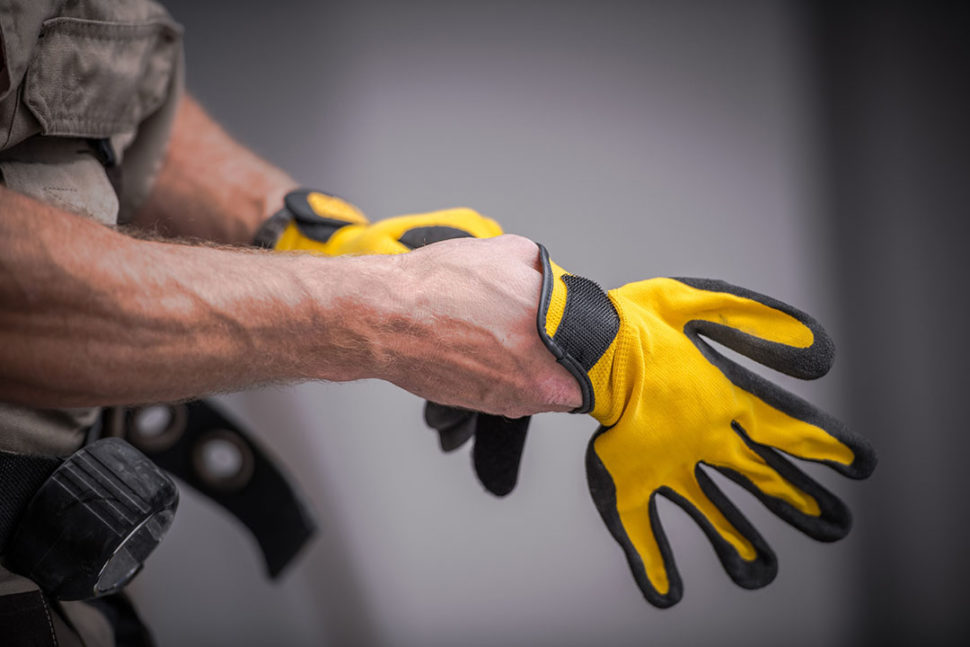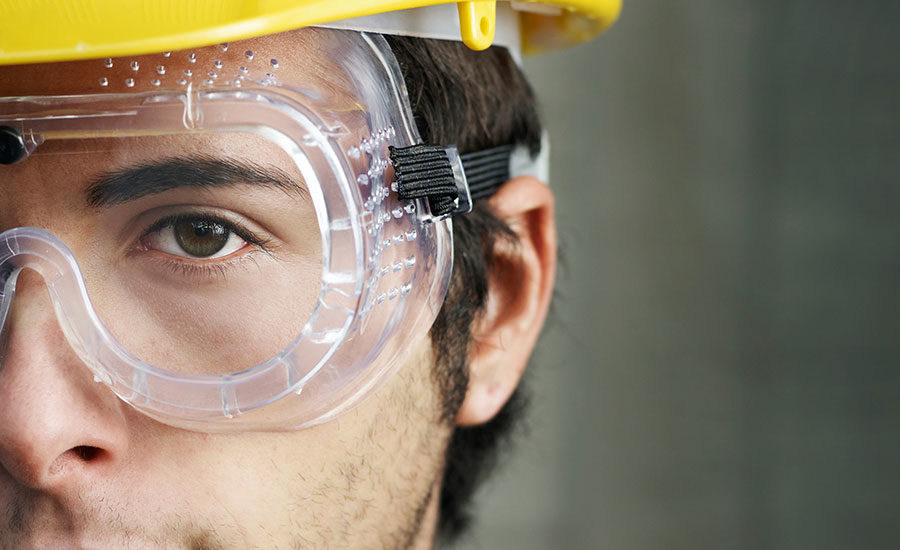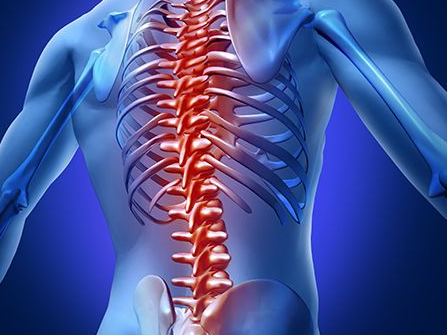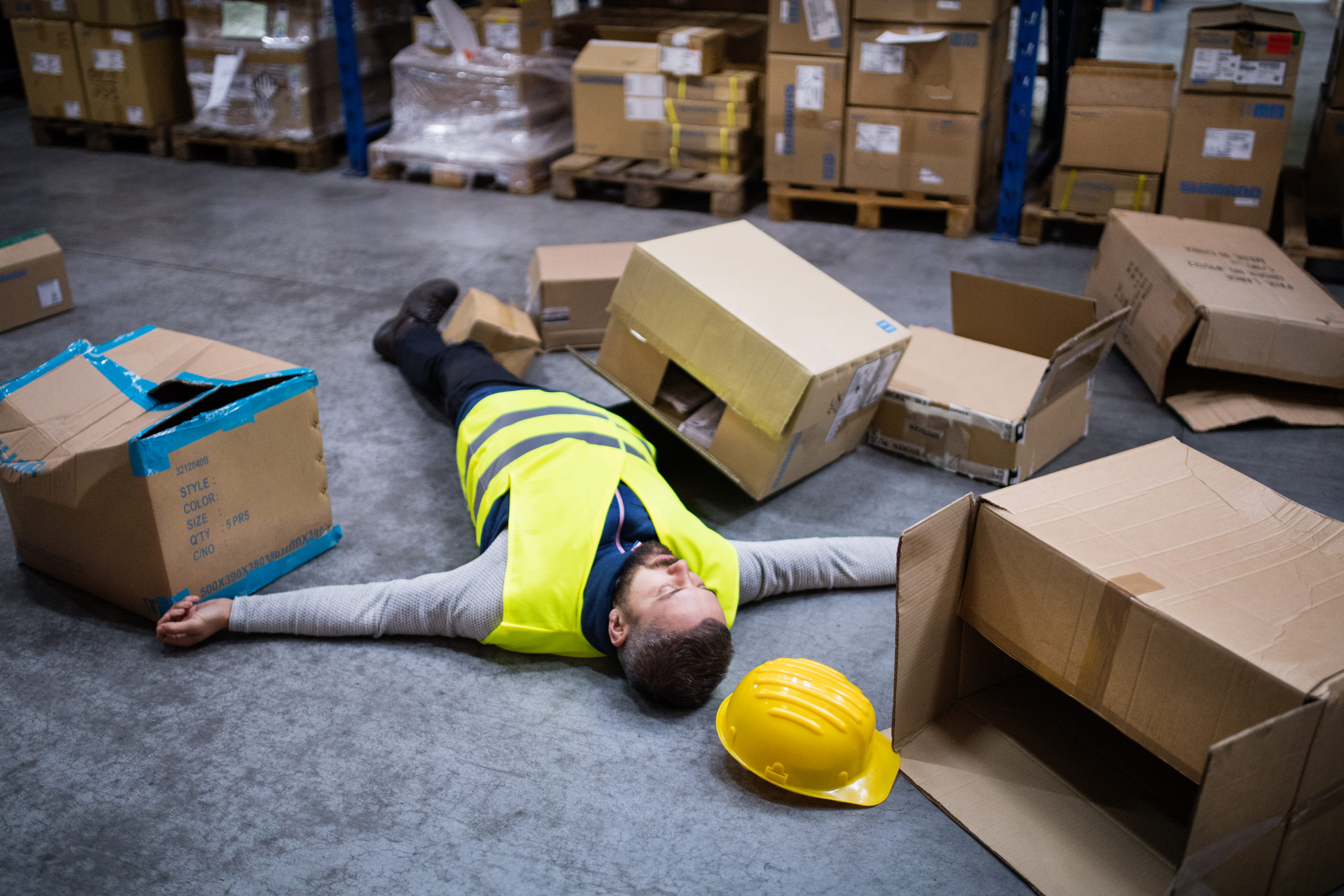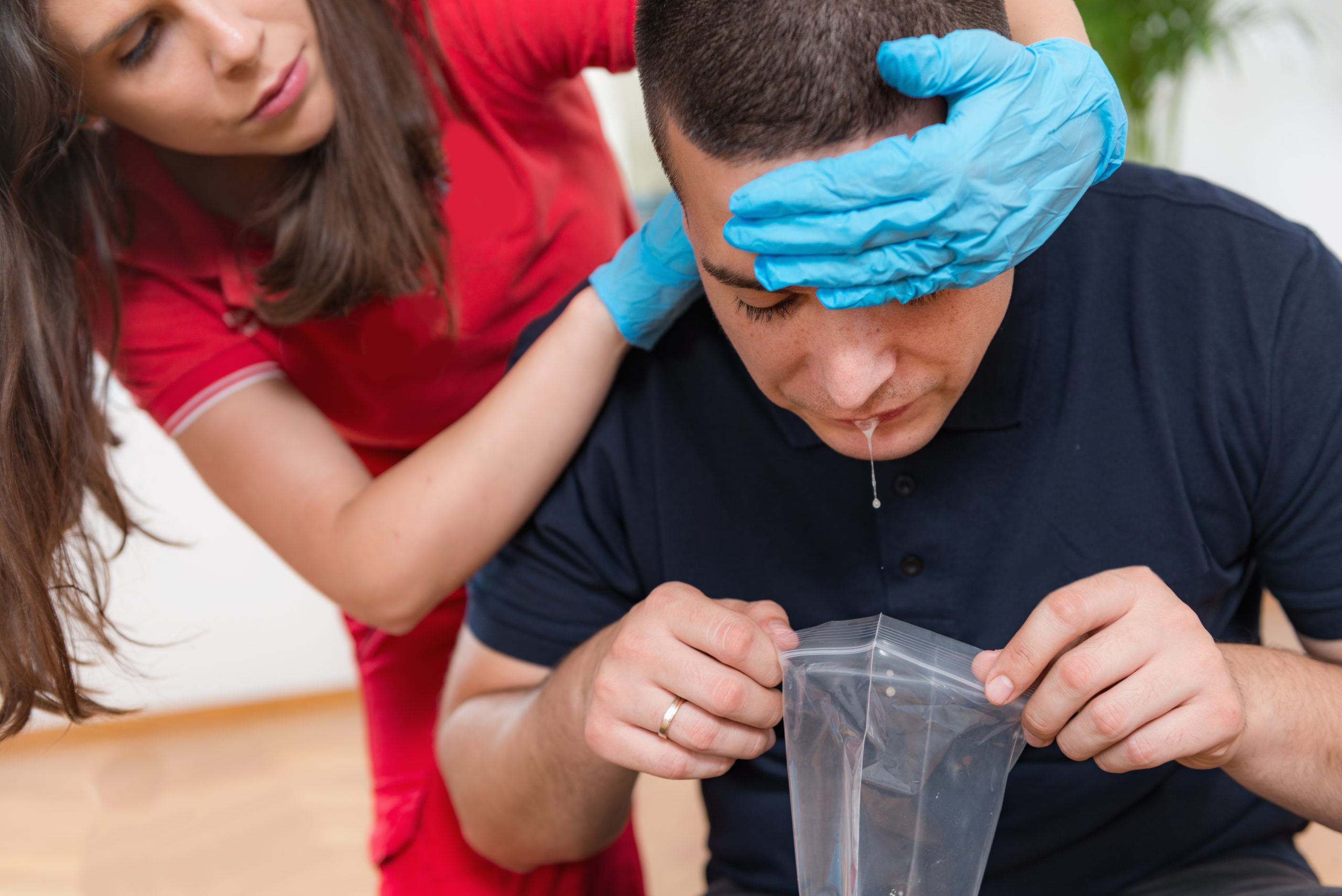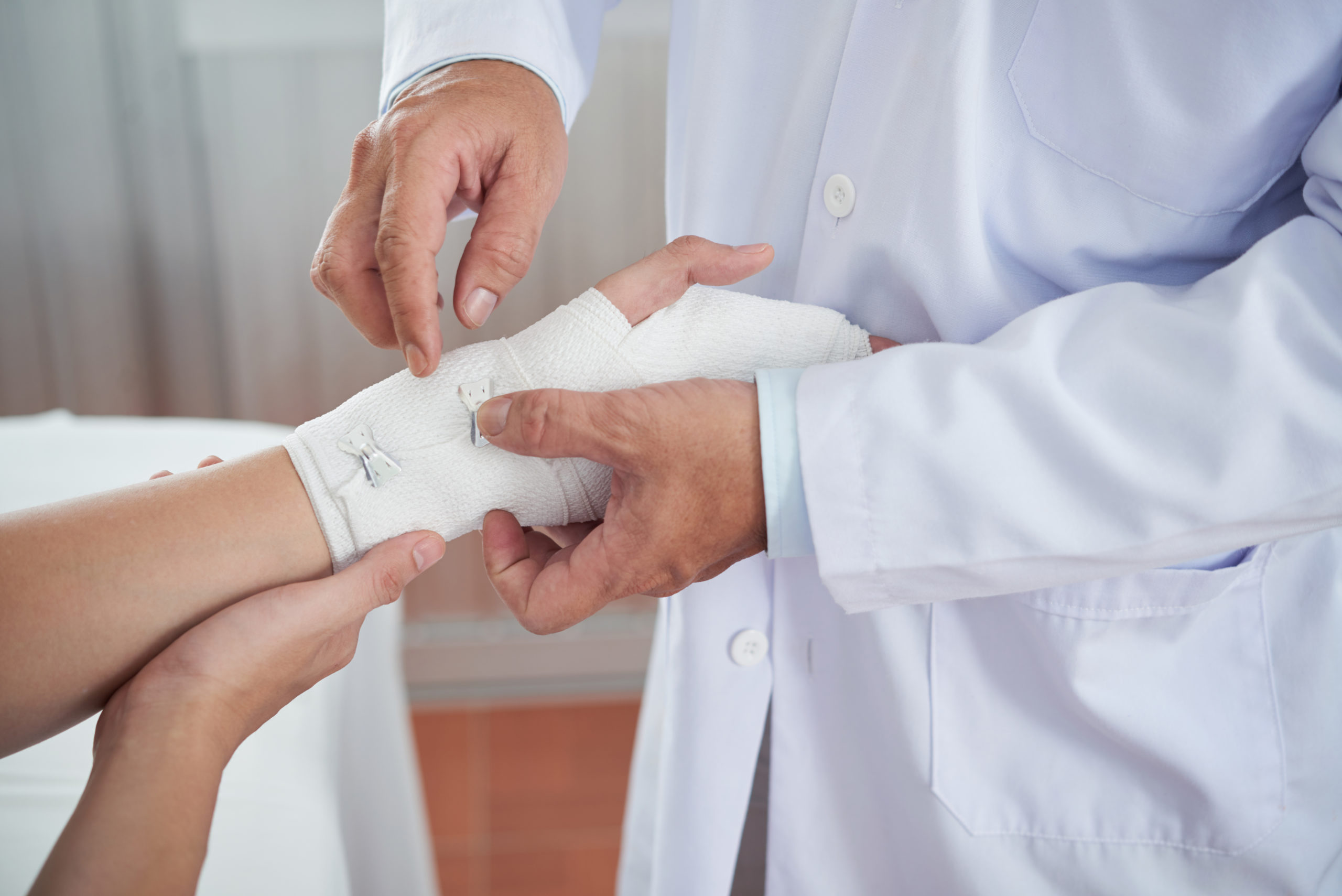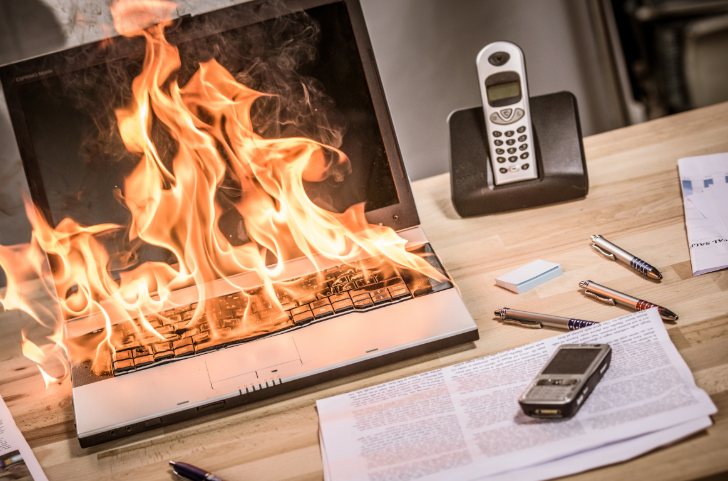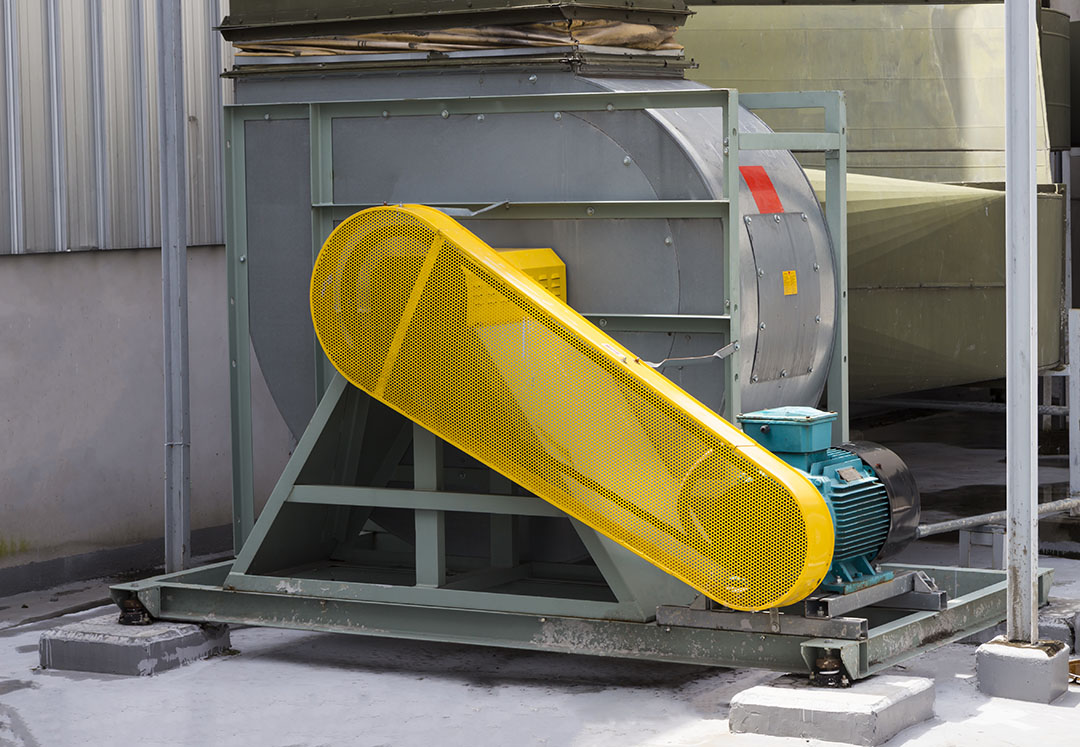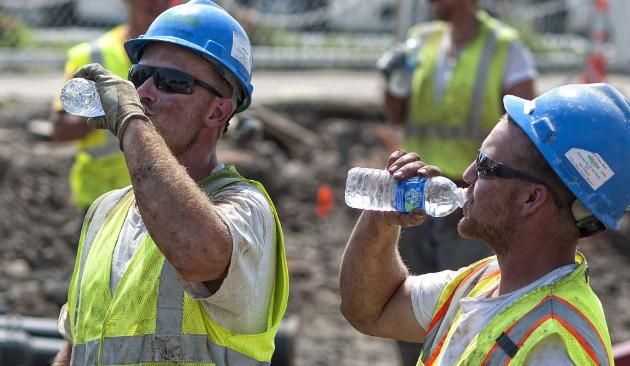This course covers your responsibilities when it comes to refusing work due to COVID-19 infection. It covers legal obligations and other information including information on encounters between the employee and employer and other personal circumstances that may be involved in the refusal.
This course covers how to deal with work related stress caused by the COVID-19 pandemic including practical tips on taking care of our health and well being.
This lesson covers the differences between face masks, face coverings, and respirators, such as the N95 mask. The lesson also provides an awareness of an employer’s responsibilities for respirator use in the workplace.
GET THE COVID-19 SPECIFIC MODULES Train employees on what they need to know to be COVID-aware when they return to work with 6 compliant and engaging e-Learning courses they […]
Can you put a price tag on the use of your hands? Some people don't realize the important of their hands until they aren't able to be used any longer.
Hand injuries send a million workers to ERs each year, and hand injuries are the No. 2 leading cause of work-related injury and the most preventable through proper personal protective equipment (PPE).
Approximately 770 workers suffer face injuries on a yearly basis; most don't wear proper personal protective equipment (PPE) for face protection
Proper personal protective equipment (PPE) is essential to any work environment for eye and face protection. The goal of this course is to show how to handle face and eye protection properly using personal protective equipment (PPE).
By the end of this lesson employees will know types of respiratory hazards and possible health effects, ways to minimize or eliminate hazards, qualifications for respirator use, types of respirators, selecting the right one, and proper respirator care.
The purpose of this course is to recognize how practicing good posture while improving your work area conditions and working ergonomically will protect and strengthen your back. Learn how to identify how a healthy lifestyle, and improving your strength and flexibility, con protect you from work-related injuries.
In this quick course, you will learn about common formaldehyde uses, the health risks posed by the chemical, and best practices for workplace safety.
One of the best preventative measures in the battle against slips, trips, falls, fires, injuries, and emergencies is good housekeeping. Housekeeping reduces hazards in the workplace and makes day-to-day operations safer for everyone. Take this quick course to learn some best practices you can take for safety.
In this quick course, learners will learn the hazards posed by autoclaves and sterilizers, in addition to best practices for safety.
In this quick course, you will learn about the hazards of abrasive wheel grinders and how to safely use them.
In this quick course, you will learn first aid techniques for when you or others experience shocks while on the job.
In this quick course, you will learn first aid techniques for administrating CPR and identifying when CPR is necessary while on the job.
In this quick course, you will learn first aid techniques for dealing with your own and others’ poisoning while on the job.
In this quick course, you will learn first aid techniques for dealing with your own and others' fractures while on the job.
In this quick course, you will learn first aid techniques for dealing with burns sustained from chemicals or liquid gas by yourself or coworkers while on the job.
Fires are a dangerous and common event that happens in all work environments. In this course, you will learn basic fire safety, including fire extinguisher operation, fire hazards, and best practices.
In this quick course, you will learn about common hazards in the office environment and protective measures you can take. Things such as tripping hazards, fires, and ergonomics can make working in a office dangerous. Take this course to make your workplace as safe as possible.
Machine guards serve a vital role in the workplace. They reduce the risk of cuts, lacerations, amputations, and other injuries. This quick course will teach you about the importance of machine guards and how to use them to your advantage.
In this quick course, you will learn about common electrical hazards and how to protect yourself and others against them while on the job.
Ladders seem simple, but they pose a significant fall risk in the workplace. In this quick course, you will learn best practices for safe ladder use to ensure everyone gets to go home uninjured.
Heat is not only a hazard in outdoor work, but is present in indoor environments and poses the same risks of heat exhaustion, rash, and stroke. In this quick course, you will learn about common heat hazards and precautionary measures you can take for your and others' safety.






